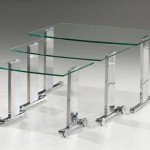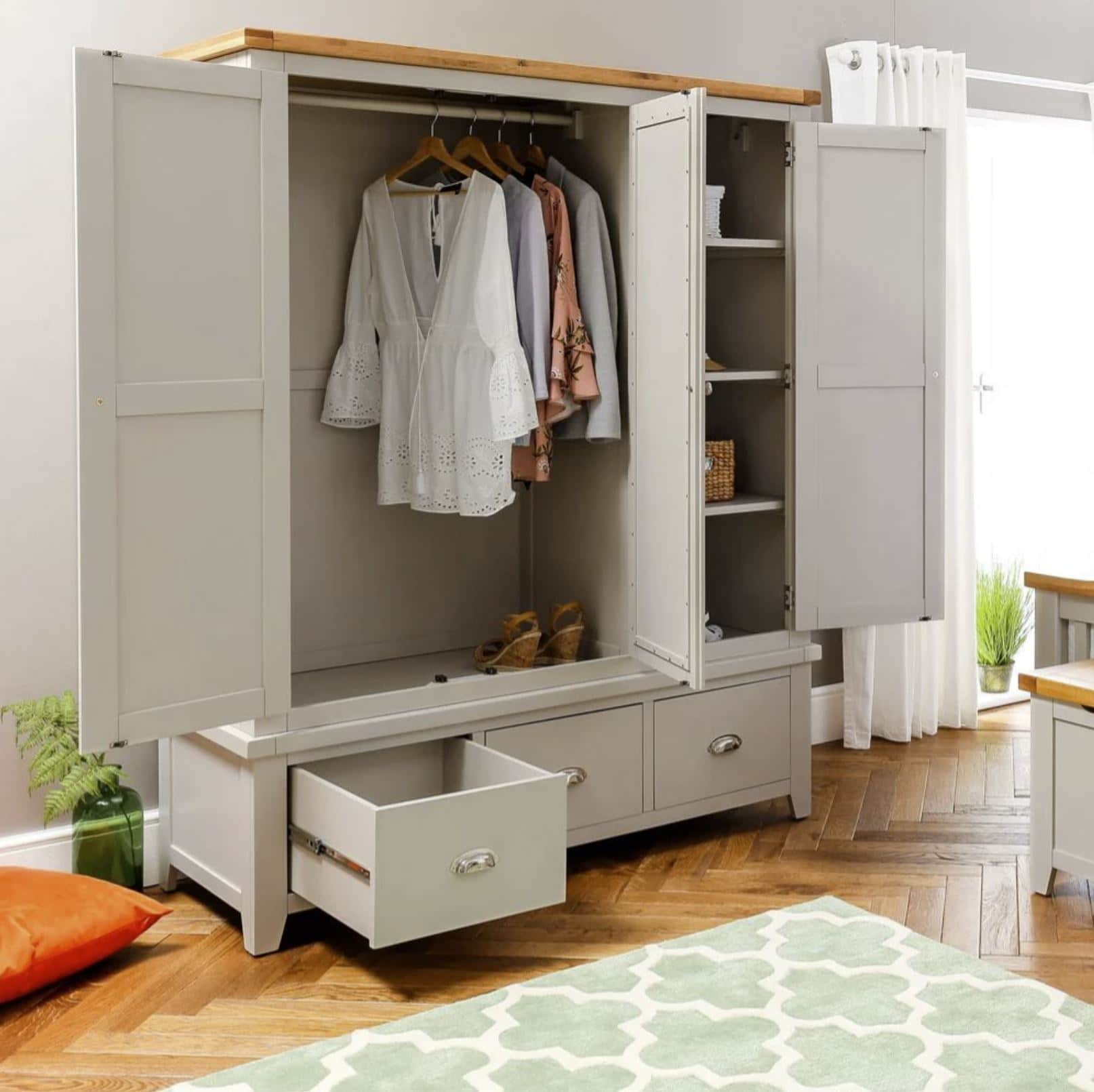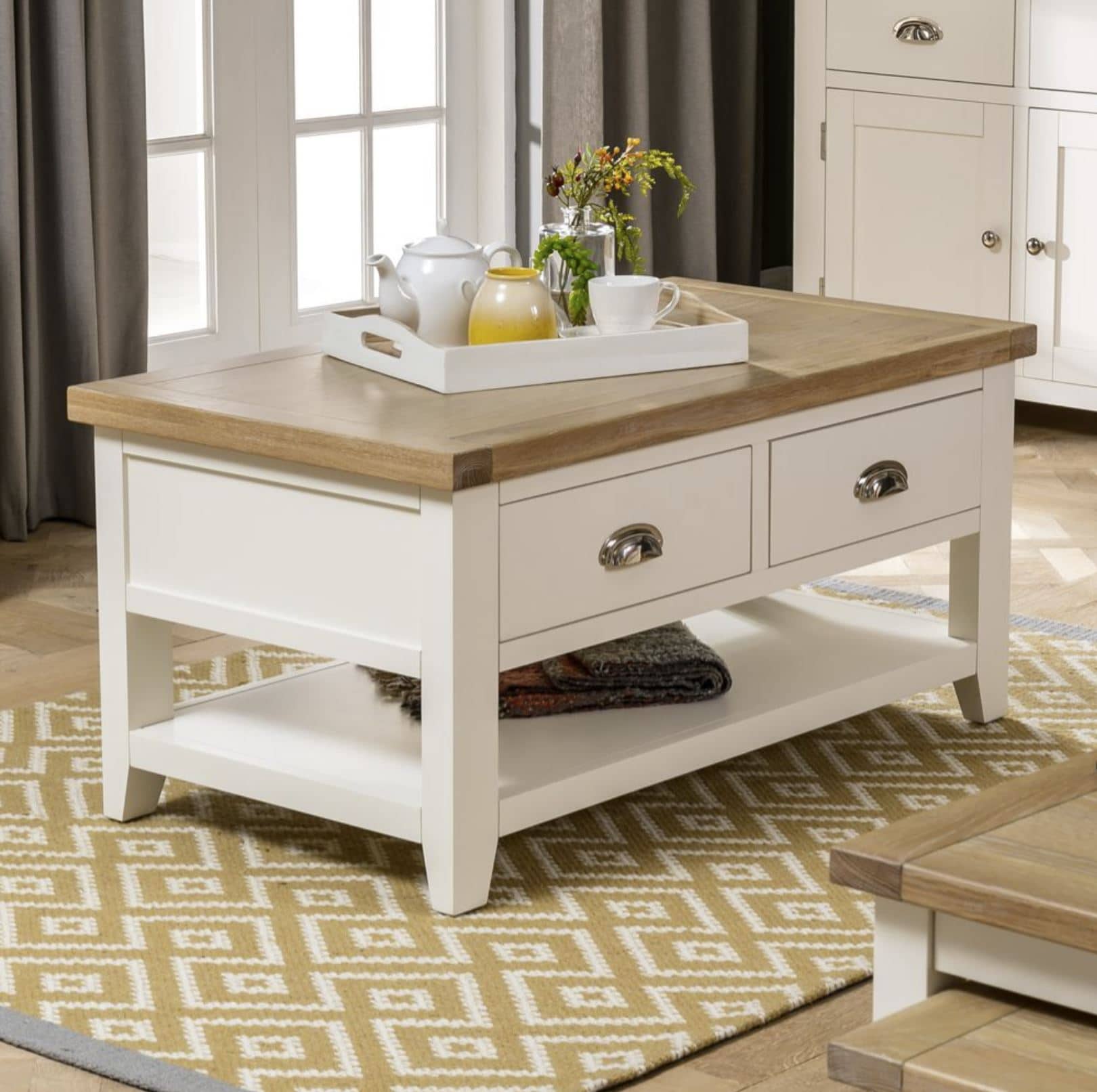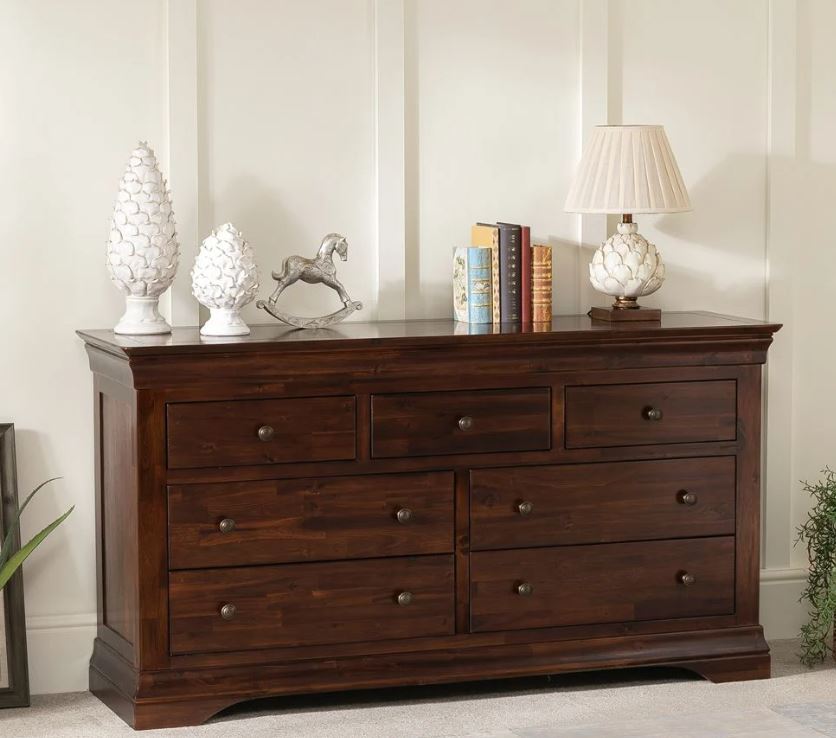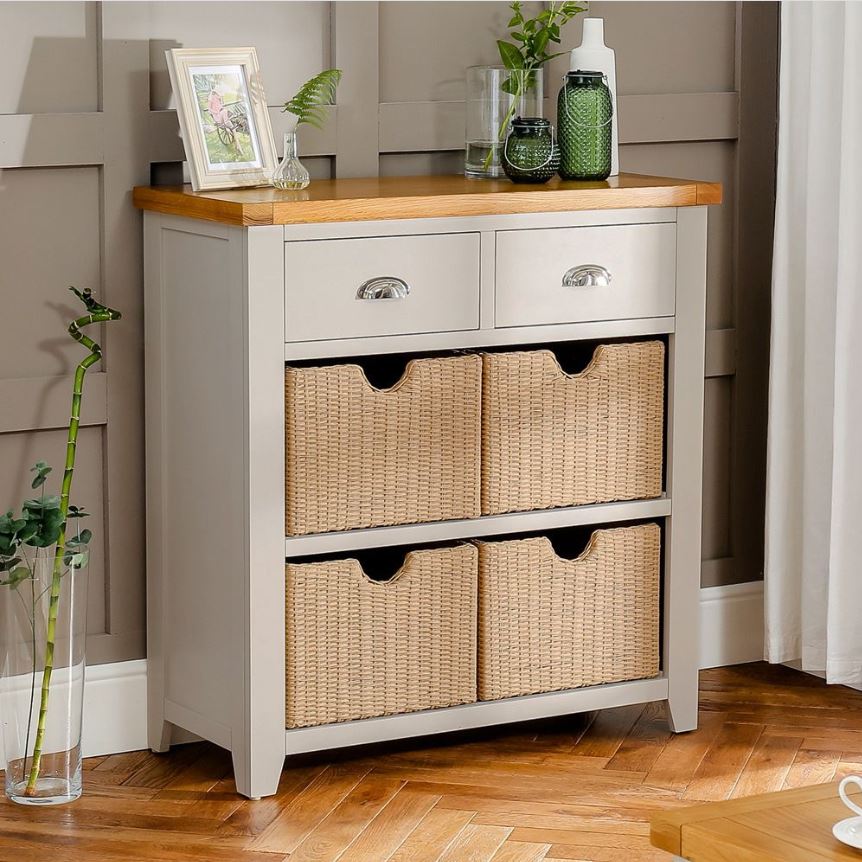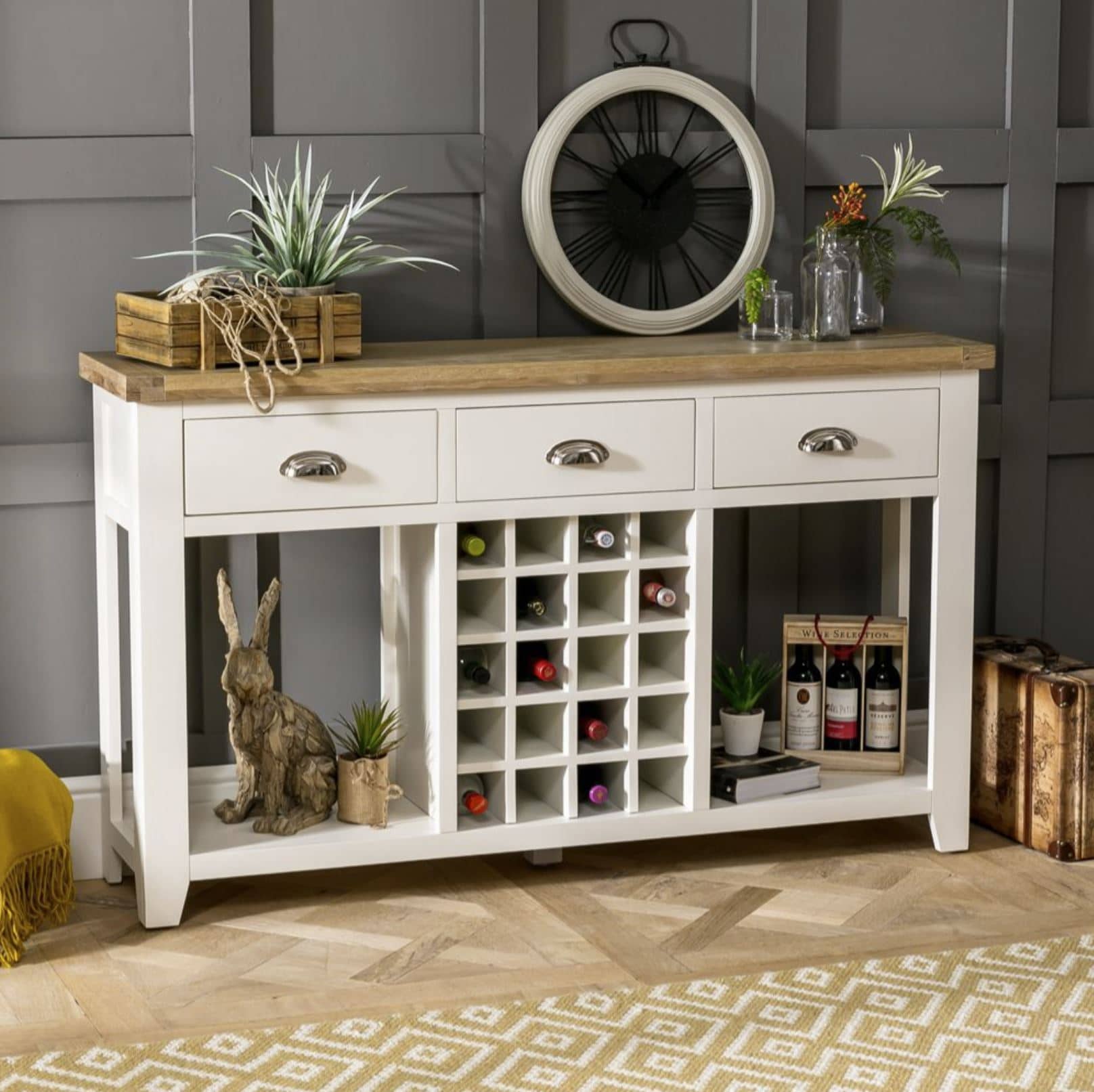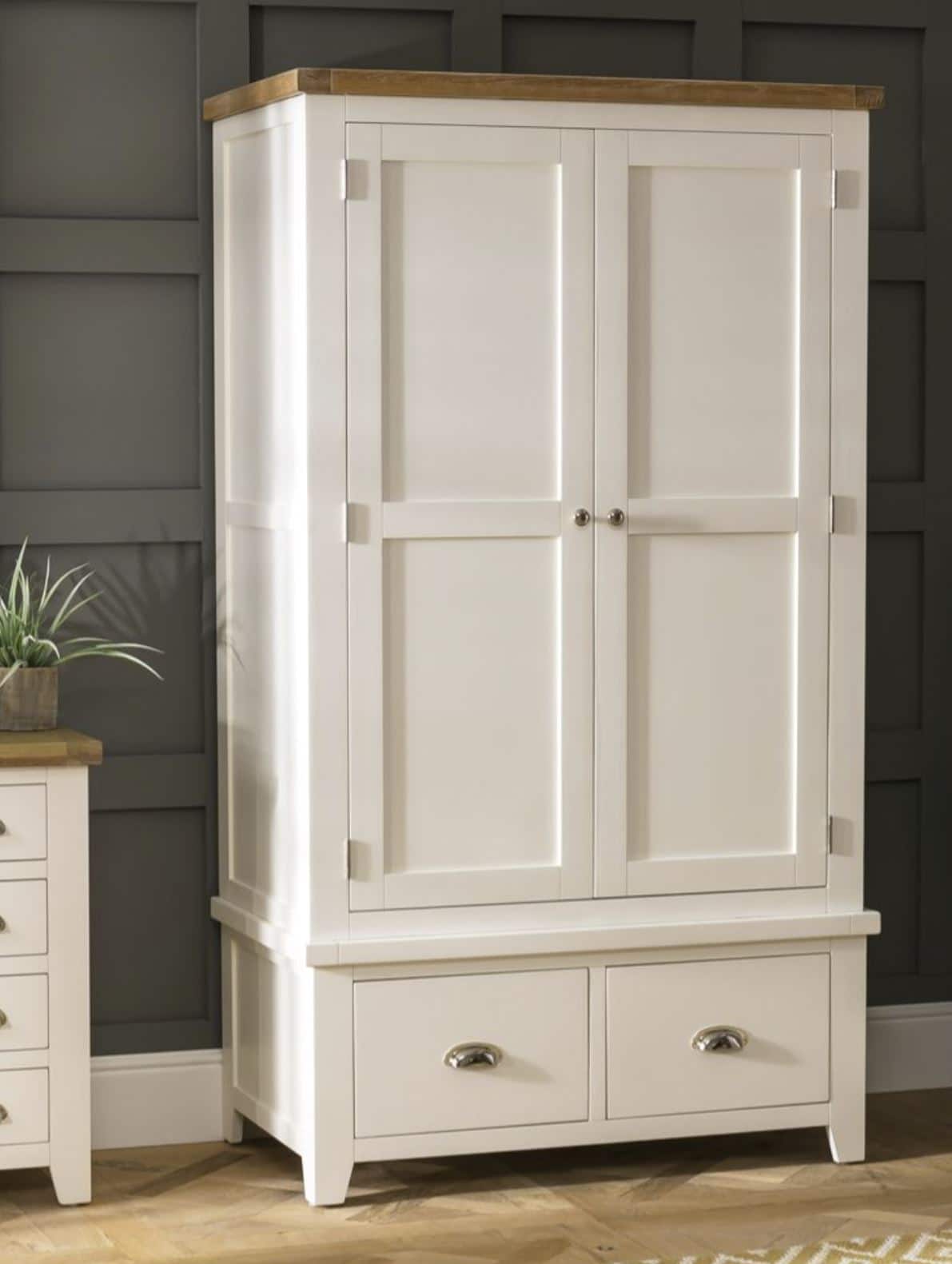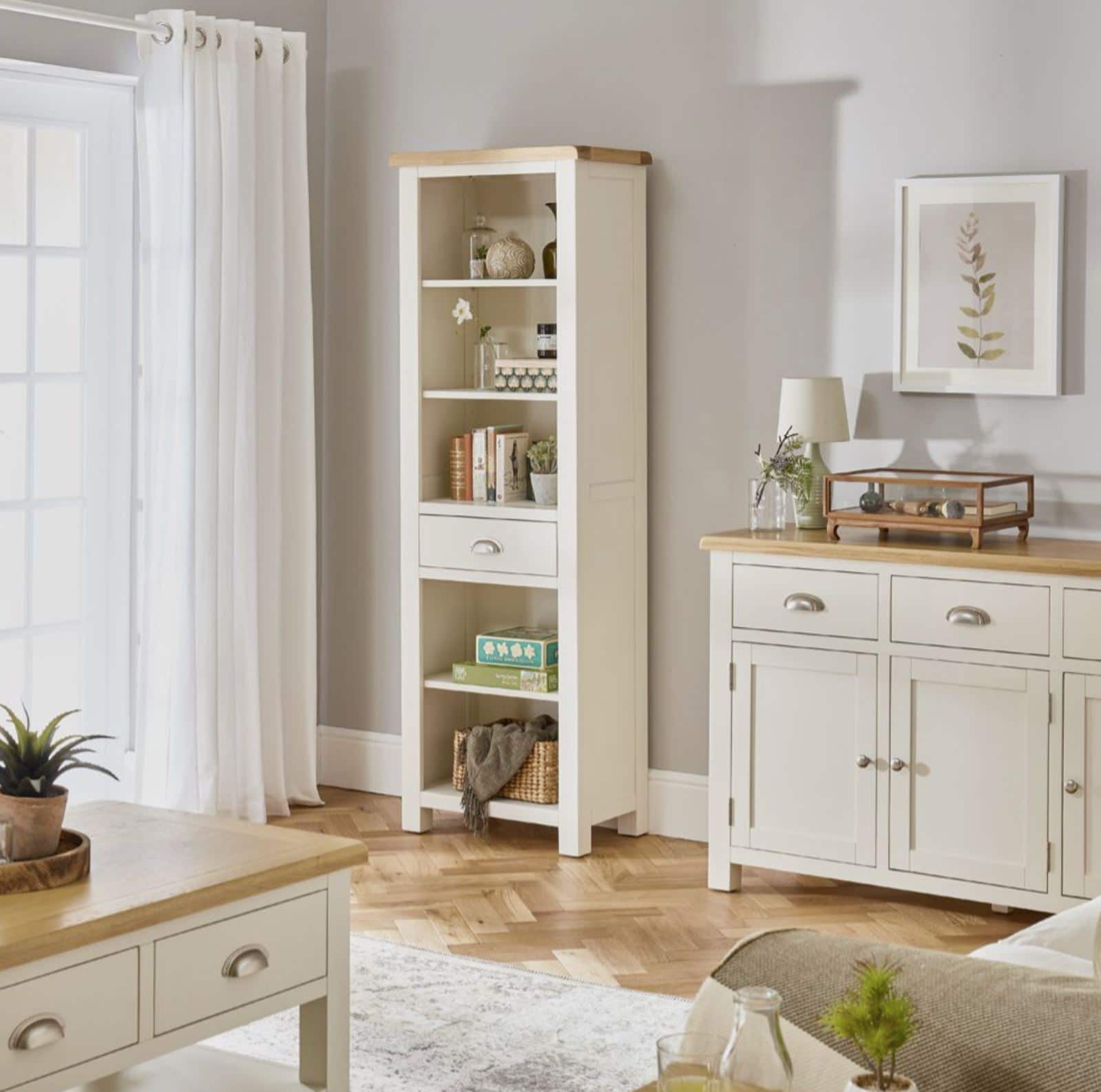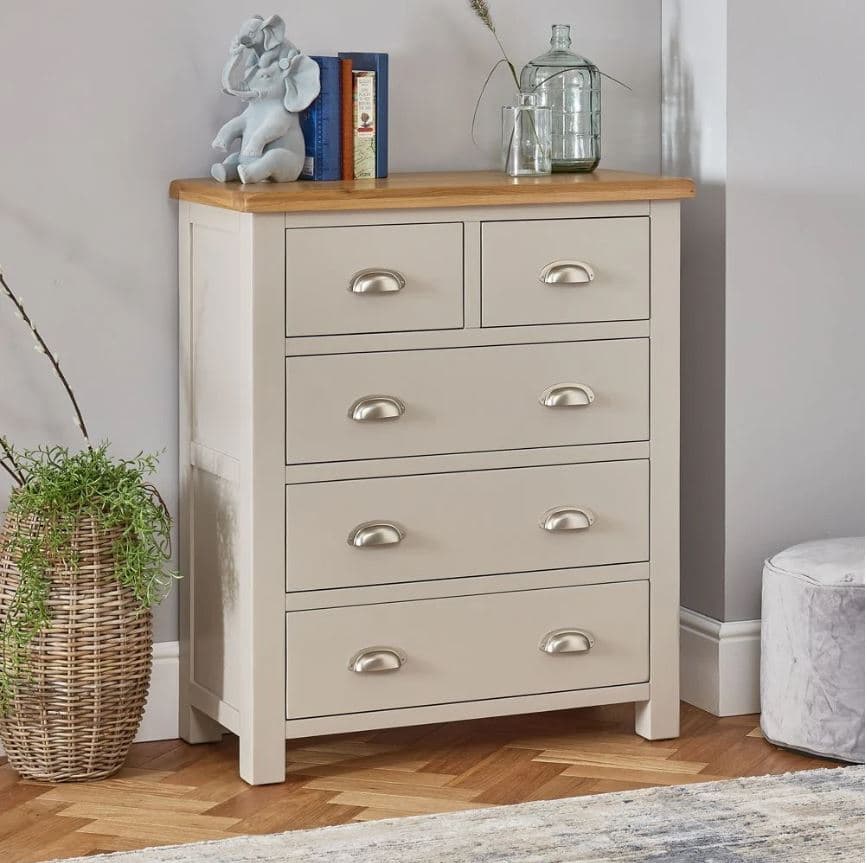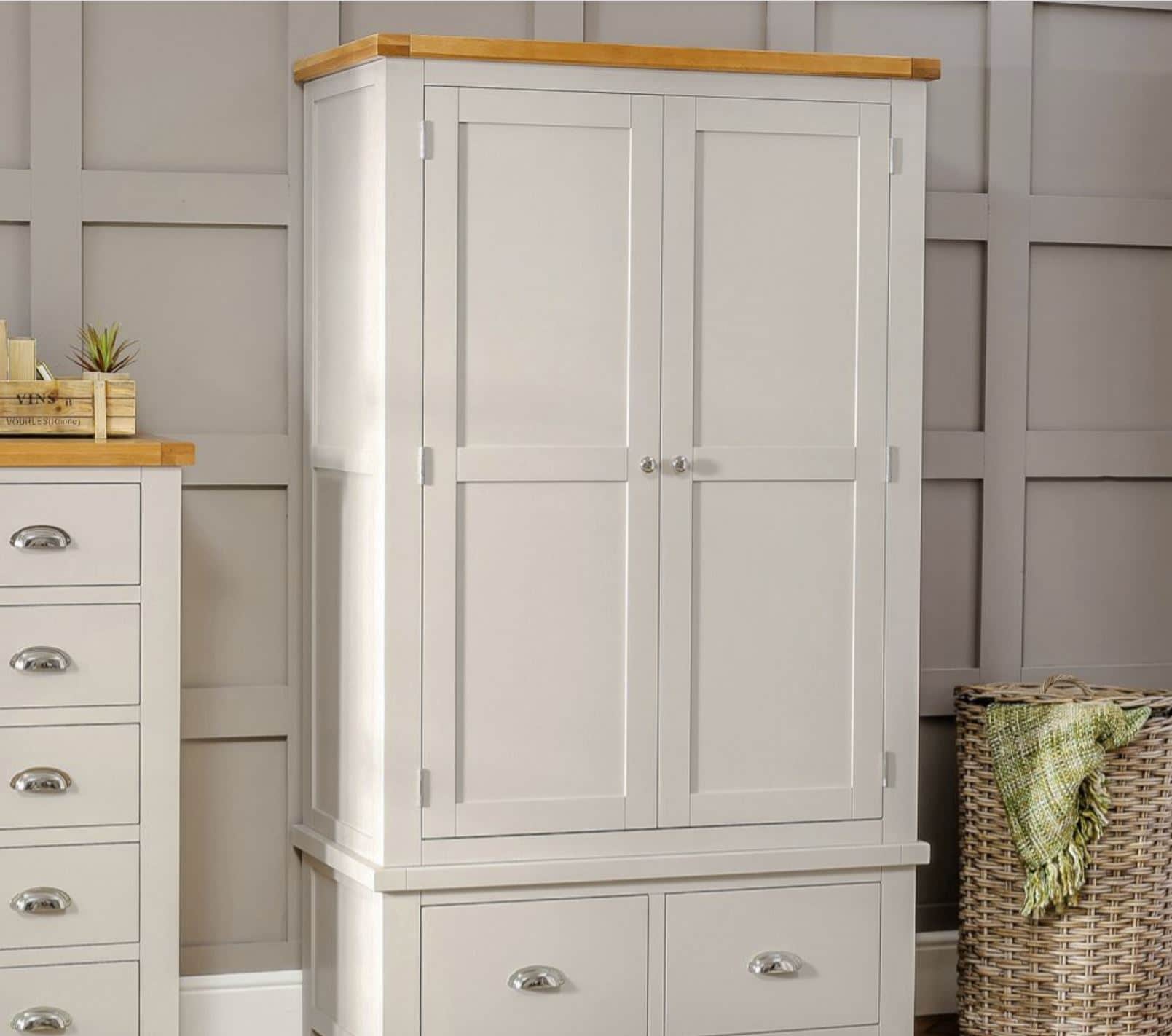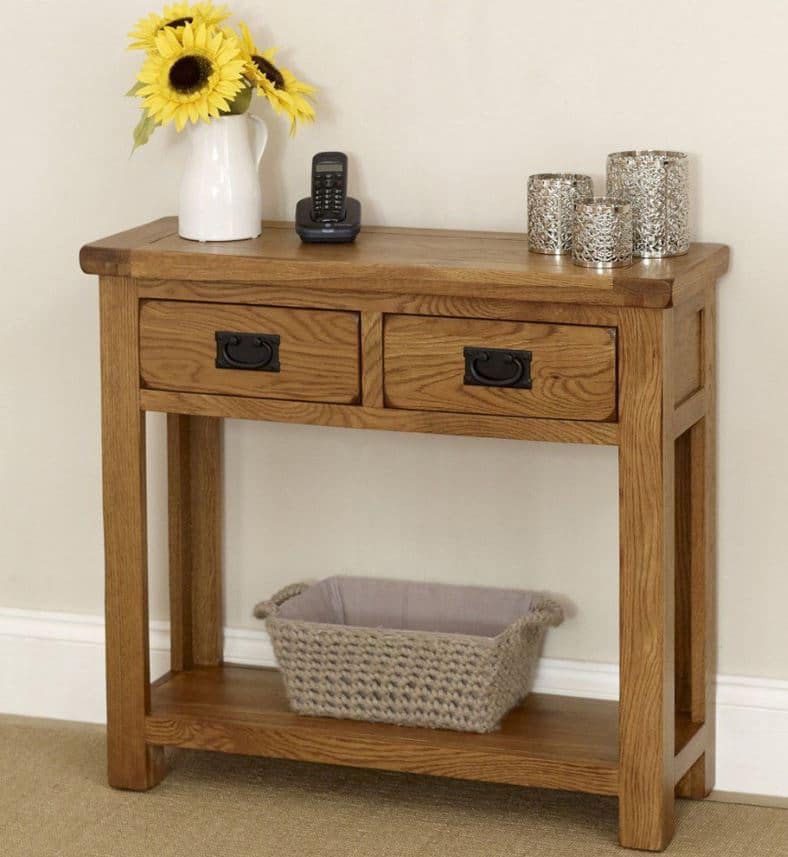How To Create A Modernist Interior
- By Alicia Newman
- Interior Design Ideas
- views
After the rich and opulent Neo-Rococo and Neo-Gothic revivals of the Victorian period it was a complete departure for homes of the early 20th century to drop heavy ornamentation and luxury in favour of plain and unimposing interior design. It was not until after the First World War that the modernist movement began to take hold and remained firmly in place until the mid 1950s.
Modernism became a huge movement across Europe and was particularly popular in Italy and Germany with the famous Bauhaus movement. Influences were taken from the industrial revolution and the rise of consumerism as well as the simplistic style of the Arts and Crafts period. Sleek and open spaces as well as industrial and abstract design played a huge roll in creating this instantly recognisable interior style.
Colour schemes
Walls and floors should reflect natural and simple lines with a feeling of austerity that is familiar with the modernist movement. Bare concrete was a popular feature of modernism that has made a huge comeback in contemporary home interiors creating a blank canvas on your walls that can be contrasted with a bold and abstract artwork in vivid or primary colours. Wallpaper was banished from modernist interiors in favour of simple crisp white paint or a mirrored glass covering that created a light and airy feel that added to the minimal ambiance of the interior space.
Glass
Glass was a heavily used material in modernist homes due to its reflective and streamline nature. Concrete walls were replaced by glass screens or glass bricks to create the familiar 'open plan' look that is popular in many modern homes. Plain or opaque glass was selected and would be used to screen and zone particular areas for a sleek and sophisticated interior feel.
Glass was also a staple finish for modernist furniture items and worked particularly well when teamed with tubular steel and chrome finishes to create an eye-catching yet unimposing look that was not over adorned or flamboyant. Choose centralised items such as a coffee table, dining table or sideboard that will provide a sense of spaciousness and illumination.
Lighting
During the modernist period lighting moved away from the rich chandeliers and tasselled lampshades of Victorian interiors and chose instead to celebrate the simplicity of industrial style designs. Modernism borrowed techniques and styles from industry and engineering and for the first time lights began to be bent and styled into more angular shapes and designs. Lights were made from typical everyday materials such as brass, copper and tin and could be polished or left in a slightly tarnished state to emphasise their industrial roots. Light bulbs were no longer concealed among swathes of fabric and beading and were instead exposed and made into part of the finished look.
Radiators
These days contemporary interiors do everything in their power to hide and conceal any radiators or pipes in in favour of a sleek and uninterrupted interior finish however modernist interior design chose to celebrate all things practical and highlight the functionality of heating and workmanship. Radiators were often placed in the most visible part of the room and were left in their basic metal state or painted in a simple crisp white finish. Decorative radiators were avoided due to the minimal feel of modernist homes and were replaced with small and simple designs that once again held in high esteem the beauty and ruggedness of industrial design.
Furniture
Modernism saw the rise of built in or fitted furniture designs that were adorned with practical storage and design features but did not encroach upon the simplicity and clean lines of the interior space. Cabinets and bookcases were popular choices for home interiors and were crafted from interlocking or curved wood and tubular steel and were wall mounted to make full use of the floor space within a chosen room. Non fitted furniture items were designed to be low level and unimposing and never reached from floor to ceiling to avoid the feeling of overcrowding.
Miles Van der Rohe and Le Corbusier are some of the most famous names not only of the Modernist period but of the furniture design world as a whole. Their unique and recognisable designs have been used in some of the most famous homes and hotels in the world due to their simplistic style and sophistication. Their combination of soft leather and sleek tubular steel is the embodiment of modernist furniture design and will compliment even the most minimal of contemporary home interiors.
For more inspirational modernist interior ideas, head over to our latest Pinterest board - Pinterest - Modernist Interiors or for complimentary items to furnish your modernist home then take a look at our fabulous modern furniture and sleek selections of glass tables.


